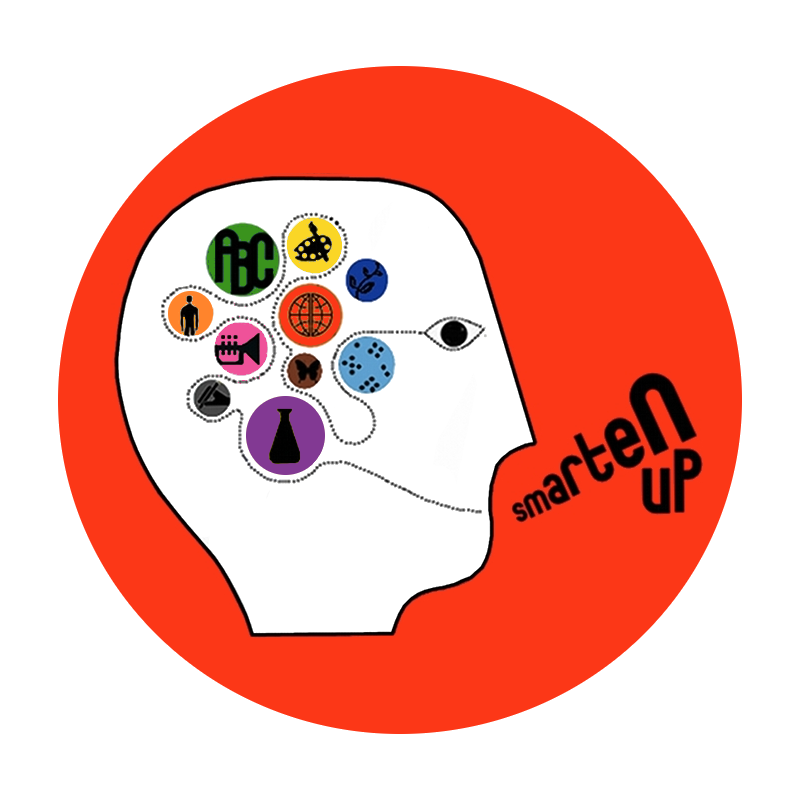Whether you are applying for a competitive new high school or for college, essay-writing can be a daunting task. It looms large in the application process, a chance to leap off the page and show admissions officers the real you. But with that chance comes pressure. Fear not, future freshman! Here are some tips to craft a college application essay that will use the short space you are afforded to maximum effect.
Find Your Story
Don't just recount achievements; generally, there are other spaces in an application where these can be catalogued more effectively. Instead, think about an experience, a person, or even an object that shaped who you are. What did you learn? How did it challenge you? Focus on the growth, and the aspects of your character shaped and revealed by what happened.
Show, Don't Tell
Essays that paint a picture are far more engaging than those that just tell the reader the takeaway message directly. Instead of saying you're a hard worker, describe that all-nighter fueled by coffee and determination to finish your science project (be sure to mention the cool volcano you made!). Sensory details and vivid language bring your story to life.
Hook Your Reader Quickly
The first line (or sentence) is your golden ticket. Grab the reader's attention with a surprising anecdote, a thought-provoking question, or a powerful image. Make them want to read more, and then deliver on the ‘promise’ of your hook in the body of your essay.
Be Authentically Yourself
The advice to ‘be unique’ is not just cliched, but often actively unhelpful. Students are often stymied by the pressure to find a topic that no one else has ever written about — the better approach is to write as specifically as possible about your authentic experiences, and let the particularity emerge that way. Most importantly, remember that admissions officers can smell insincerity a mile away, so don’t try to paint yourself as someone you’re not. Let your real personality shine through! Use your own voice, humor (if it fits!), and show your passions.
Craft, Revise, Repeat
The first draft is rarely (read: never) the best. Read your essay aloud. Does it flow? Does it sound like you? Get feedback from teachers, mentors, or friends (but remember, it's your story!). Your essay should go through multiple rounds of re-writing before it’s ready to submit. Revise, refine, and polish until it gleams.
Bonus Tip: Tailor It!
Many schools have specific prompts designed to draw out information about your interest in the school and your appropriateness for their unique environment. Take the time to understand what they're asking for and tailor your essay accordingly. Show them why you're a perfect fit for their campus.










